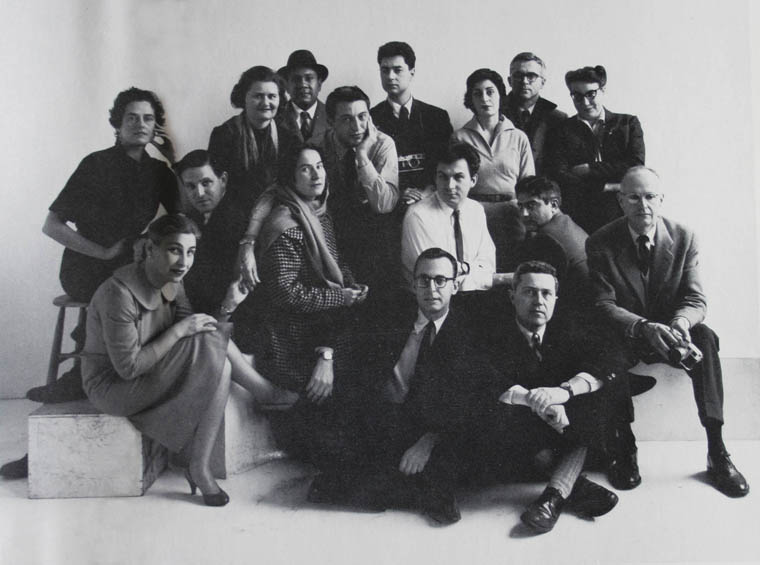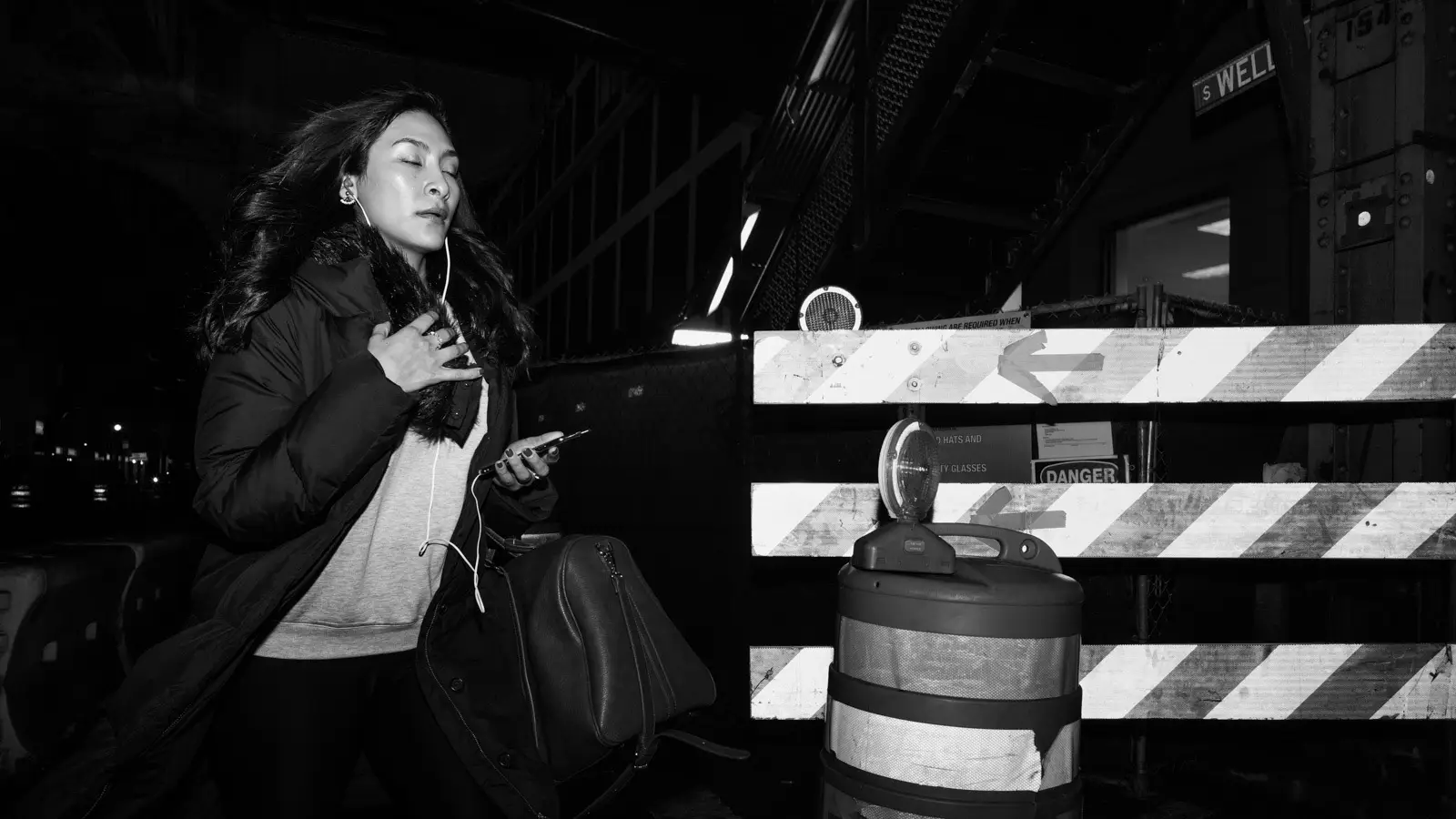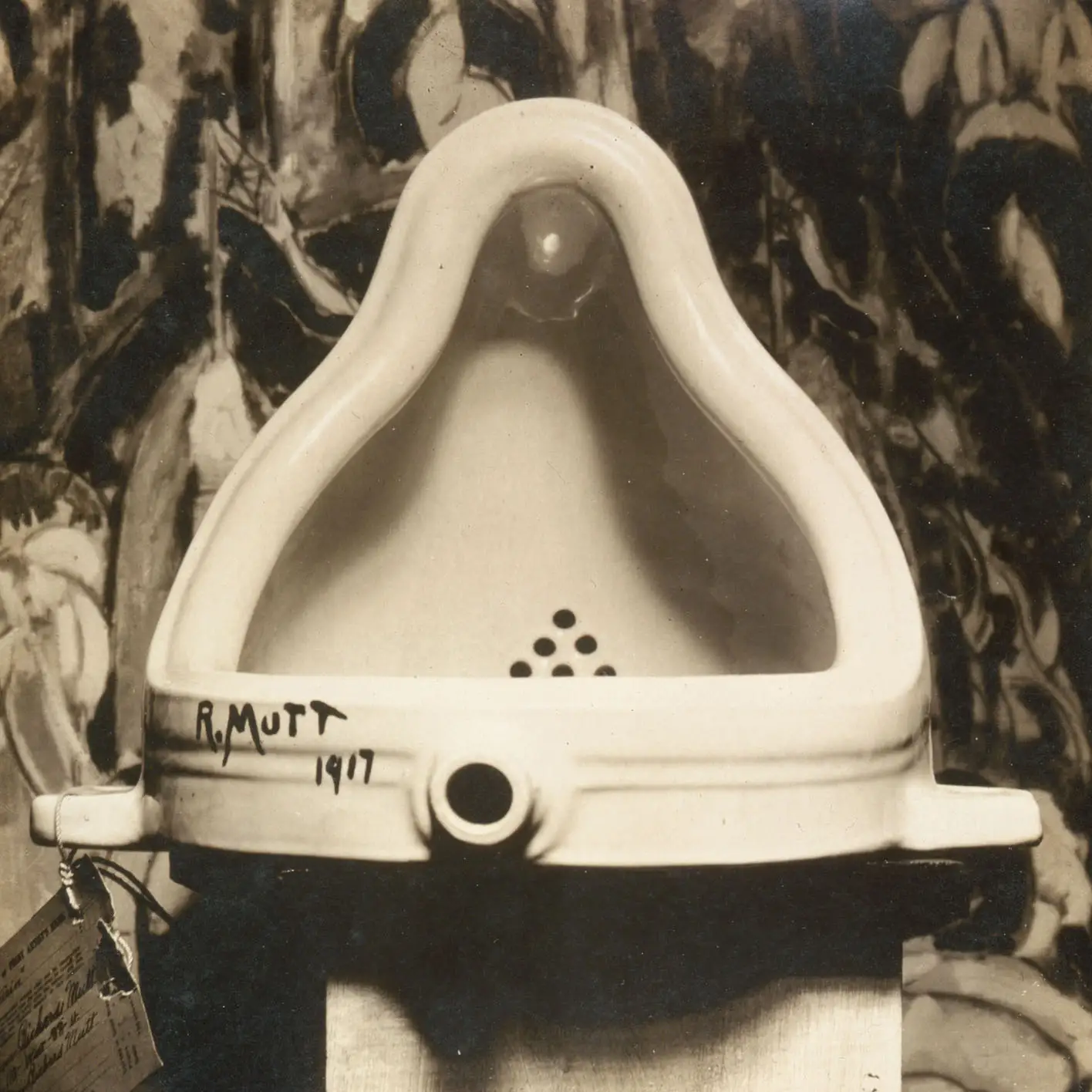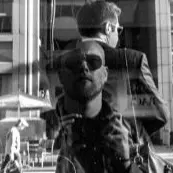Jean Baudrillard
Born June 20, 1929, in Reims, France, Jean Baudrillard began his career as a translator, critic, teacher and, above all, a philosopher. However, his philosophical work often focused on objects and images, paving the way for his thematic focus in his later work in photography. In fact, his PhD thesis was called “Third Cycle Thesis: The System of Objects.”
Baudrillard worked as a German teacher at a French high school from 1958 to 1966. He continued working as an assistant professor until he became a full professor of sociology at the Université de Paris-X Nanterre in 1972.
Baudrillard progressed to the Scientific Director at the Institut de Recherche et d’Information Socio-Economique (1986 to 1990). He continued working as a highly distinguised Satrap (a respected governor at the College of Pataphysics within the Institut de Recherche) until his death on March 6, 2007. His legacy revolves around our impression of the image or object, our notions of reality and the currents of postmodernism.
Jean Baudrillard: Social Theorist
Jean Baudrillard became well known for his theories on mediation and technological communication. He has also written about AIDS, cloning and the 9/11 terrorist attacks. His theories on the first Gulf War in the early ’90s provoked considerable debate because he claimed that this war didn’t take place. Rather than Sadam Hussien fighting a war, Baudrillard claimed that Hussien was sacrificing soldiers to preserve his power.
Today, philosophers consider Baudrillard a post-structuralist. Post-structuralism refers to intellectual development in continental philosophy and critical theory. This way of thinking was popular in France during the 1960s. Post-structuralism refuses to claim to understand some truths about the world. Instead, the theory stems from the fact that culture is inseparable from meaning.
Hyperreality: Baudrillard’s Philosophy
Most of Baudrillard’s theories center on the concept of hyperreality, a term that describes the way the consciousness interacts with reality. When a person stops being able to distinguish between reality and fantasy and begins to relate to fantasy as if it were reality then the person has shifted into a hyperreal state or world. Basically, hyperreality is an enhancement of reality brought about by a person’s own consciousness.
To clarify, Baudrillard discussed the images in lifestyle magazines of the ideal home, ideal sex as portrayed in romance novels or even pornography, ideal fashion in women’s magazines or ads, etc. He stated that people begin to emulate these hyperreal, or ideal, scenarios and use them as a measure of reality in their own lives, thereby erasing the boundary that should exist between fantasy and reality.
Baudrillard particularly thought that the world we live in has been replaced by a copy where we search for simulated stimuli, especially in reproduced images. People strive to imitate the imaged world that they are bombarded with every day. In the final stages of the hyperreal shift, people no longer differentiate between fantasy and reality.
Jean Baudrillard and the Photographic Image
According to Jean Baudrillard, a photograph does not merely depict an objective image but rather the perspective of the photographer. Defining this viewpoint in the 1980s, Baudrillard came to believe that “the real no longer exists.”
Baudrillard sought to define objects in terms of their powers to seduce viewers or simulate reality. Similarly, he considered a photograph to be a replacement for the “real” object. In other words, once the photograph has been taken, the real object has been replaced by its image and therefore disappears. This reduces the overall power of the image. Baudrillard believed that photography was at its best when an image could be separated from the real object in a way that would allow them to co-exist, without one canceling the other.
Baudrillard equates this to the blurred relationship between the normal world and the TV world. For example, Raymond Burr, who played the lawyer Perry Mason, received thousands of letters asking him for legal advice. This fact reflects the audience’s inability to separate Raymond Burr from the lawyer character that he portrayed. The same happens to villains on soap operas, who must hire bodyguards to protect them from overly enthusiastic fans who attack them for their on-camera scripted actions.
Jean Baudrillard’s own photography reflects his theories on hyperreality. At his 2000 exhibition The Murder of the Image, Baudrillard gave a keynote speech in which he said, “Every photographed object is merely the trace left behind by the disappearance of all the rest. It is an almost perfect crime, an almost total resolution of the world, which merely leaves the illusion of a particular object shining forth, the image of which becomes an impenetrable enigma.”
A Final Overview of Baudrillard
In his lifetime, Jean Baudrillard declared that he is impossible to categorize. He described his life by saying:
“Pataphysicist at 20, Situationist at 30, Utopian at 40, Transversal at 50, Viral and Metaleptic at 60, that’s the story of my life.”
In 2004, the ZKM Symposium held a tribute to Jean Baudrillard for his 75th birthday. The symposium wrote that, “Jean Baudrillard not only approaches the arts in a critical and interpretative way, but… he himself is also in the process of becoming an artist.”
Although he is better known for his theories on photography rather than his actual photographs, his prolific writing, in particular his essay “Photography, Or the Writing of Light,” will continue to influence artists for years to come. His theories on politics and society still influence those beyond the artistic realm, reaching critical thinkers around the world.



